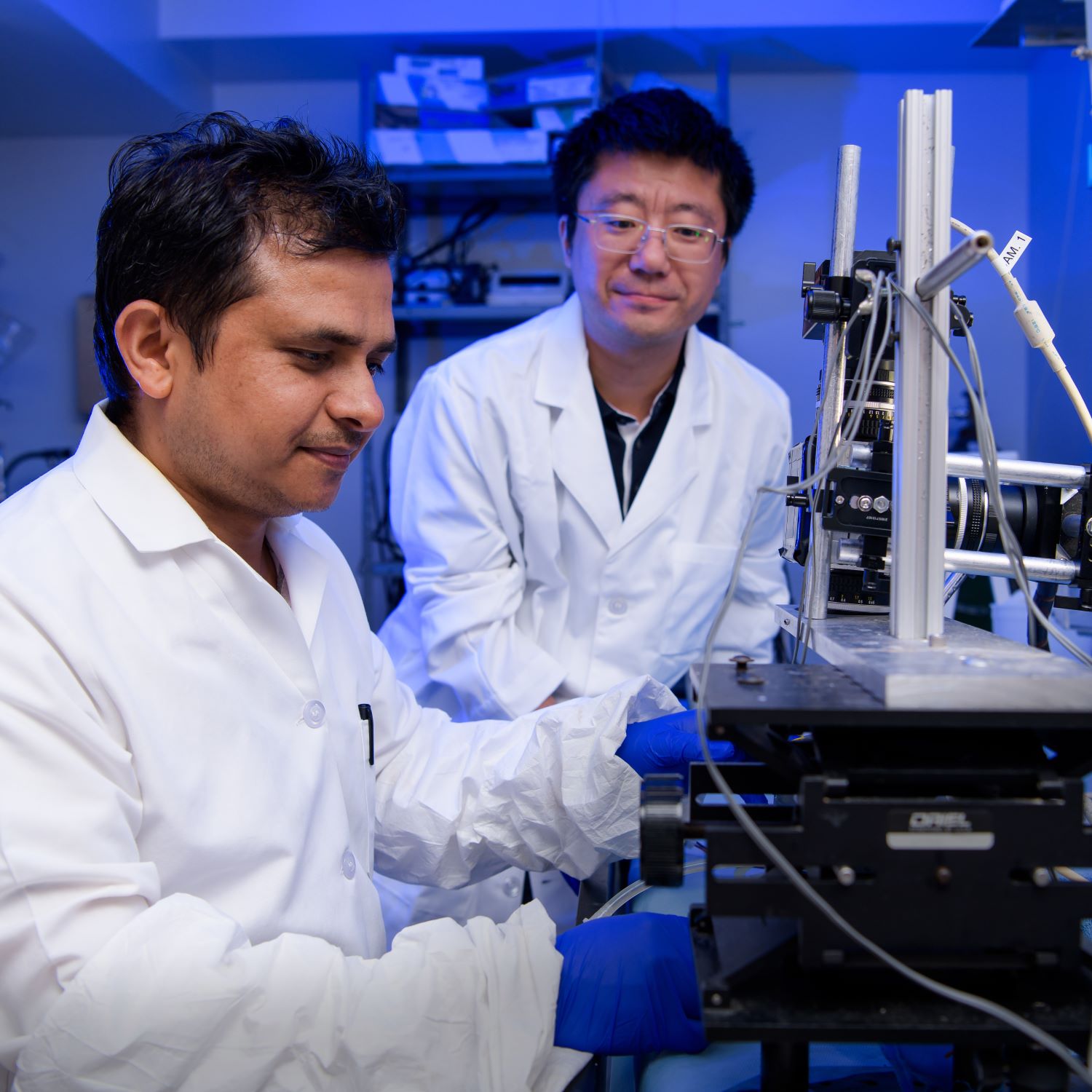Each heartbeat and bioelectro-signal are instigated by an electrical impulse that traverses the cardiac musculature in a meticulously orchestrated sequence. Cardiac electrophysiology delves into the intricate workings of this physiological phenomenon, scrutinizing both its seamless functioning and the potential aberrations that can occur.
Our endeavors are centered within the expanse of the Cardiac Rhythm Management Laboratory (CRML) — an expansive edifice spanning 20,000 square feet, housing a collective of researchers hailing from the domains of Biomedical Engineering, Medicine, and Physiology. Adopting an interdisciplinary approach, the erudite scholars within CRML undertake the meticulous study of cardiac electrophysiology, embarking upon a multidimensional exploration ranging from the molecular intricacies to the grandeur of the entire organ system. The primary aim of these endeavors is to proactively prevent and enhance the management of cardiac/organ rhythm disorders.
housing a collective of researchers hailing from the domains of Biomedical Engineering, Medicine, and Physiology. Adopting an interdisciplinary approach, the erudite scholars within CRML undertake the meticulous study of cardiac electrophysiology, embarking upon a multidimensional exploration ranging from the molecular intricacies to the grandeur of the entire organ system. The primary aim of these endeavors is to proactively prevent and enhance the management of cardiac/organ rhythm disorders.
- Much electrophysiology work involves recording electrical potentials. CRML is equipped to record such potentials from single cells, cultured cell monolayers, isolated heart preparations, and in situ hearts.
- Cardiac mapping is the process of recording from many spatially distributed sites simultaneously. CRML has electrical mapping systems that can record signals from over 1000 extracellular electrodes.
- Optical mapping uses voltage-sensitive dyes to transduce electrical potentials into fluorescence. CRML is equipped to record this information with both photodiode arrays and high-speed video cameras. CRML is also equipped to record from intracellular and extracellular microelectrodes.
Application Field
- Cardiac wave and electrophysiology
- Cardiac mapping and wave signaling
- Stomach wave and electrophysiology
- Arrhythmia understanding and correction
- Biosignals in the Cardiovascular System
- Biomedical engineer entrepreneurial establishment